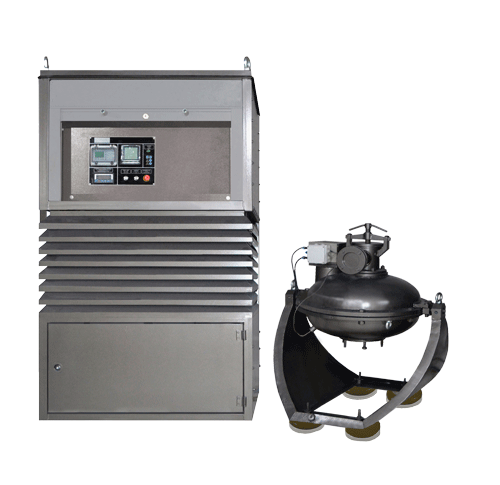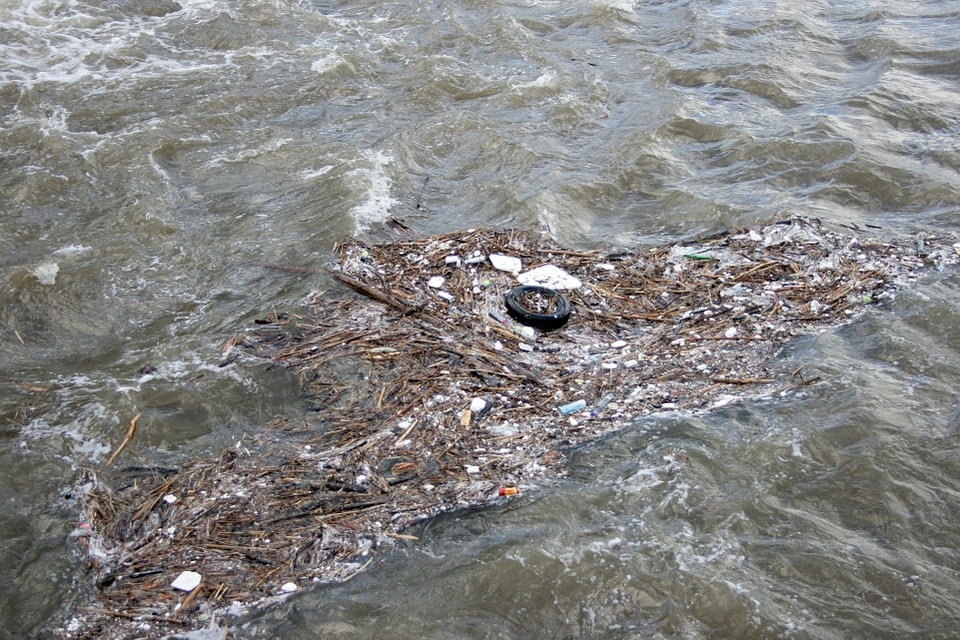Environmental problems are vitally important and require complex approaches. The most urgent task is improving the water resources of the planet which are polluted by industrial and agricultural waste. This problem is solved by wastewater treatment systems.
Currently wastewater treatment mainly uses ion exchange, reagent and electrochemical methods, which are designed to deal with such harmful substances as chromium, cadmium, nickel, copper, etc. But despite the progress, the question of economical and efficient wastewater treatment still stands.
The reagent and ion exchange methods are laborious and time consuming. They require large amounts of reactants and involve significant operational costs. The equipment used in these technologies is large and bulky. The duration of the treatment may vary from 15 to 40 minutes with 150-250% of reagents use.
The duration of ion exchange is 0.5-1.5 hours. The ion exchangers require a regular recharge by washing in a solution with high concentration of sodium ions that needs further neutralization.
The main disadvantage of electrochemical method is the high power consumption and applicability testing required in each particular case.
The vortex layer device as a part of wastewater treatment system
Wastewater treatment system with integrated vortex layer device (AVS) eliminates the above disadvantages. AVS is a device operating on the principle of a vortex layer generated by ferromagnetic particles of certain diameter and length. The rotation of the particles is facilitated by electromagnetic fields. The device intensifies and improves the quality of wastewater treatment, which is achieved by a number of effects that occur in its chamber, such as vigorous stirring and dispersing, electrolysis, and high local pressures. Wastewater is treated to remove chromium in a single stage in an alkaline environment, instead of the two-stage process in acidic conditions. This significantly simplifies the process and reduces the consumption of reagent. The wastewater is treated in the AVS in a few seconds instead of the 15-30 minutes in conventional equipment.

Table 1 shows the results of wastewater treatment using AVS.
Table 1
The results of wastewater treatment in industrial environment using an vortex layer device
|
Initial concentration of metals in wastewater, mg / dm3 |
pH of the process |
FeSO4, percent yield % of the stoichiometric |
Alkali reagent percent yield ,% of the stoichiometric |
Processing Time, seconds |
Residual metal content, mg / dm33 |
|
Сr6+-50 (Fe, Cu, Zn, Ni, Cd)-300 |
7,5-8,0 |
90 |
100 |
0,5-2,0 |
(Сr6+, Fe, Cu, Ni) – 0,00. Zn-0,008 Cd-0,007 |
|
Сr6+-100 (Fe, Cu, Zn, Ni, Cd)-370 |
7,5 |
85 |
90 |
0,5-2,0 |
Сr6+-0,20 Fe- 0,00 Cu – 0,12 Ni-0,06 Zn-0,13 |
In conclusion, it is easy to see that using the AVS in wastewater treatment:
- Reduces reagent consumption by 1.5-2 times;
- Reduces energy consumption (0.3 kW × h to 1 m3 instead of 0.6-0.8 kW × h (mechanical stirrer) and 2-6 kW × h (electrocoagulation method);
- Treated wastewater is reused in production;
- Performs reliably and efficiently.

